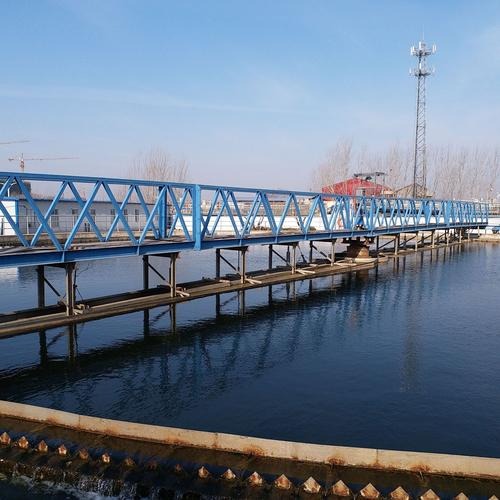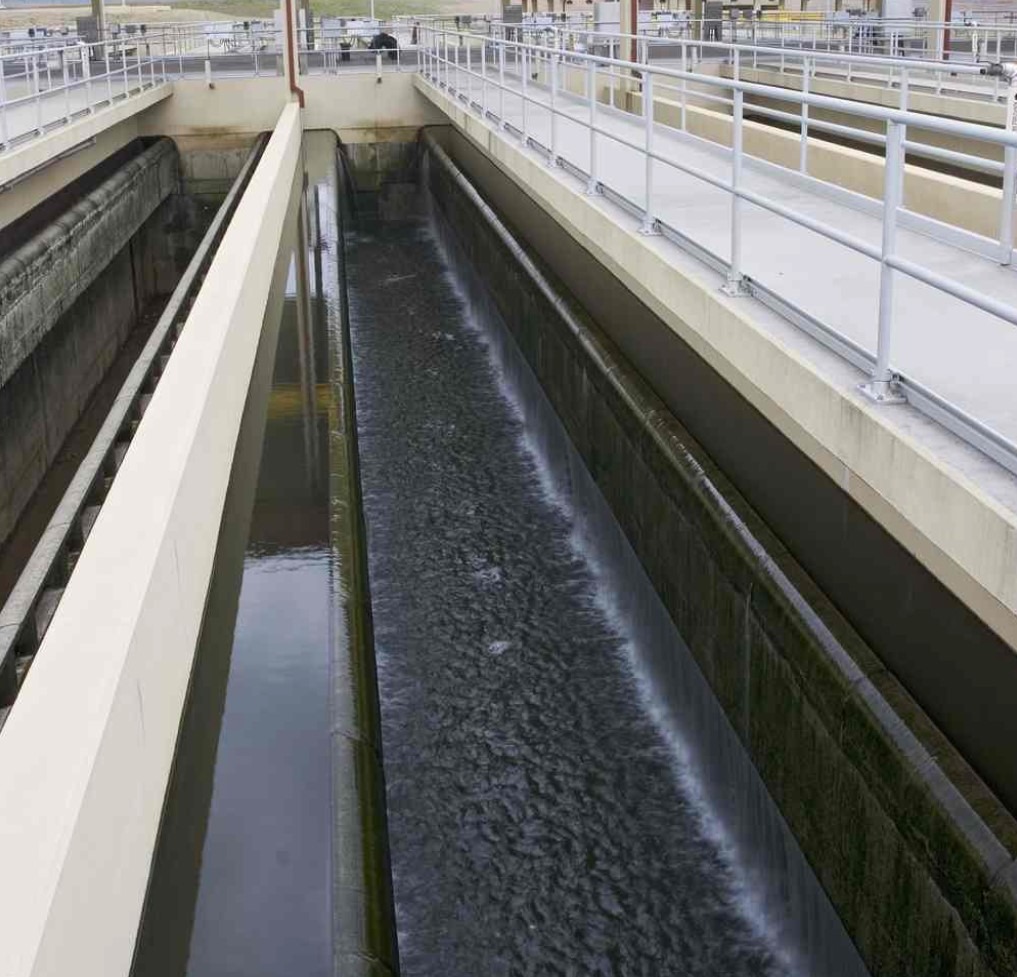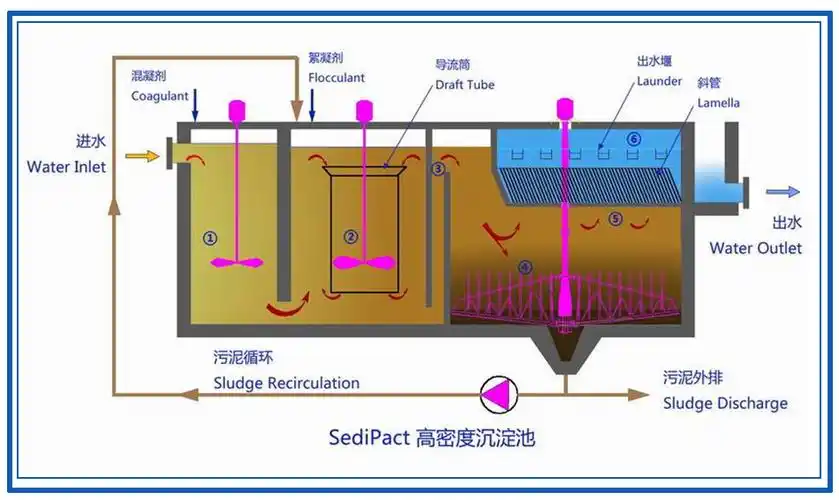The main methods of biological sewage treatment include activated sludge method, biofilm method and natural treatment method, all of which use microorganisms to degrade organic matter to achieve purification goals.
Activated sludge process
The activated sludge process is a method of using activated sludge (containing microbial floccules such as bacteria and protozoa) formed in an aeration tank to adsorb and oxidize organic matter. The core process includes aeration, sedimentation and sludge return. The main variant processes include:
1. Traditional activated sludge method: basic process, but it has disadvantages such as large footprint and poor impact load resistance.
2. Oxidation ditch method: The circular ditch design has both aerobic and anoxic zones, which is suitable for deammonification and phosphorus removal, with a simplified process and low energy consumption.
3.SBR process (Sequencing Batch Reactor): intermittent aeration, integrating equalization, sedimentation and other functions, suitable for sewage with large flow fluctuations.
4.AO/A2OProcess: Deammonification and phosphorus removal are achieved through anaerobic-aerobic or multi-stage partitioning, and are widely used in urban sewage treatment.
The working method of MBR membrane is similar to that of traditional activated sludge process, but with an additional step of “membrane filtration”. After the wastewater enters the reactor, microorganisms will decompose the organic pollutants in it. The key is that MBR membrane uses a semi-permeable membrane to filter suspended solids instead of relying on a sedimentation tank.
Advantages of A2O:
1. Under the premise of designed water quality, the effluent can meet the discharge standards.
2. The sludge operates alternately in anaerobic, anoxic and aerobic environments, filamentous bacteria cannot grow in large quantities, and the sludge sedimentation performance is good.
3. The number of equipment is more than SBR.
4. Staffing requirements are lower than SBR.
5. The removal rate of helium and nitrogen at higher concentrations is higher and more stable than SBR.
6. The level of self-control is simpler than SBR.
7. Gravity drainage makes it easy to coordinate with the surrounding environment and does not occupy landscape land.
Disadvantages of A2O:
1. Anaerobic tanks and anoxic tanks need to be equipped with stirring devices. The energy consumption is high.
2. Compared with SBR, it has more anaerobic tanks, anoxic tanks and secondary sedimentation tanks, which takes up more land.
3. A chemical phosphorus removal device is required.
4. High professional skills are required for operators.
Advantages of MBR:
1. Resistant to impact loads. The treated water retained in the pool has a dilution and buffering effect on the sewage, effectively resisting the impact of water volume and organic pollutants.
2. Due to the presence of ultrafiltration membrane, there is no need to worry about activated sludge expansion.
3. The MBR system itself is also suitable for combined construction methods, which is conducive to the expansion and renovation of wastewater treatment plants.
4. The process is simple and the cost is low. The main equipment has only one integrated treatment device, no secondary sedimentation tank, compact layout and small footprint.
5. The automation integration level is high, which can realize completely unattended operation, and remote unmanned control can be realized with the corresponding program.
Disadvantages of MBR:
1. The workload of cleaning and replacing membrane components is slightly large (cleaning is performed about once a month)
2. The initial cost of membrane materials is high.






